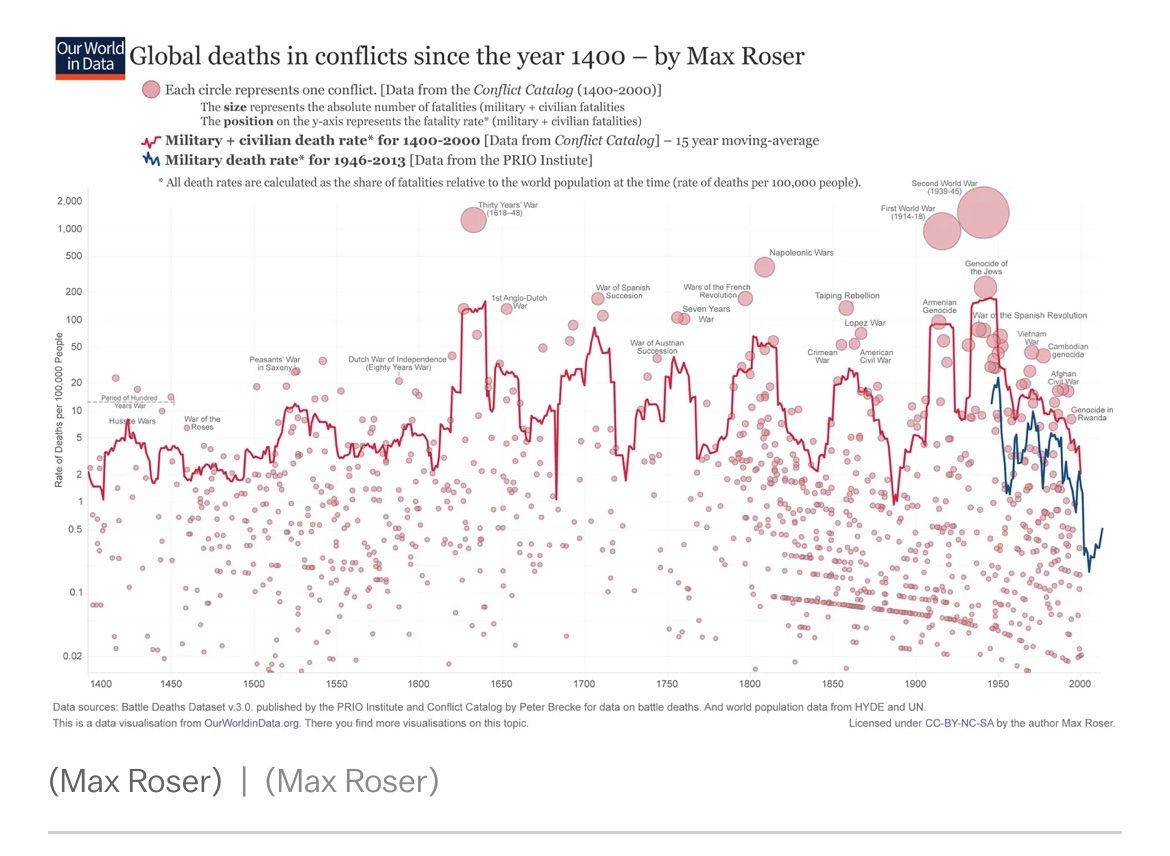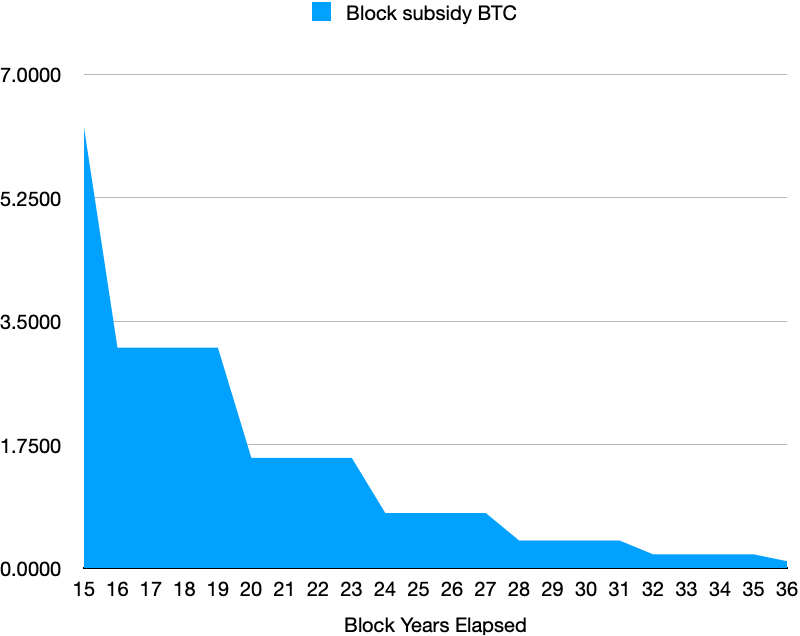Spencer Platt
I have been avoiding Fox (NASDAQ:FOX) stock for several years now. While I recognize the inherently divisive nature of any debate on a stock whose only real profit center is a political news organization, I prefer to look beyond politics to raw business when making my investment decisions. I have no intention of wading into the FOX/MSNBC/CNN tribal politics.
In fact, it is not my intention to undertake a comprehensive review of the company at all in this article, since that task has already been ably done by others. Instead, as is my usual practice, I want to supplement, rather than repeat, their work by adding one particular risk factor to the analysis that in my opinion has not been sufficiently explored yet. It is my hope that when investors are deciding to invest in Fox or not, whatever their motives, they will be better equipped to monitor the health of their investment after reading this.
In brief, my thesis is that while Fox’s various operations may still be capable of generating a healthy return, their exposure to this risk factor is sufficiently large that I would not recommend an investment.
A Painful Lesson
This article actually has its genesis in another investment of mine that didn’t go as planned.
A few years back, one of my less successful investing moves was to invest in a small digital disruptor called Pandora, which I thought had the potential to revolutionize music in a slightly different way than Spotify (SPOT) has gone on to. As I calculated at the time, Pandora had achieved almost 10% of the radio listening market, but had only secured about half that percentage in radio advertising spending. And this despite the fact that Pandora’s advertising could actually be targeted better than traditional radio ads could be.
Surely, I thought, this imbalance would correct itself, the free market being the wonderfully efficient thing that it is. And when it did, the increase in ad spending would not only wipe out Pandora’s loss but produce a healthy profit for a very substantial multiple on my investment, even if it didn’t grow its audience any further.
Surely, said he.
The Lesson
Yeah, not so much. I bought into Pandora way before the bottom and followed it down. By rights I should have lost my shirt, but I kept buying so long that I kept cost averaging down. When Pandora spiked just before its acquisition by Sirius XM (SIRI) I sold out and was actually able to secure all of my money back, even gaining a significant percentage.
I like to think that it showed the power of holding to conviction buys and profiting from the bounce. But no doubt I also got bailed out of a bad bet. I thought that eventually Pandora’s ad market share would rise to match its radio market share, which if it had happened would have returned a multiple on my investment. But as it turned out, Pandora never got anywhere near parity.
I bring this up not to revisit painful memories, but for the valuable lesson it taught: more so than most industries, advertising spending is beset by what I can only characterize as an utterly obscene amount of inertia. Advertising spending, especially traditional ad spending, is notoriously difficult to measure the efficacy of accurately. Most of us have probably already heard the old saw about half of advertising spending working and the other half being wasted, now if only the marketer could figure out which was which. There is more than a kernel of truth in that statement.
Because of this, advertising spending does not react to changing circumstances as quickly as it ought to, since it can be difficult to detect and to prove that formerly effectively marketing tactics are no longer so.
A Beautiful Friendship….No More
TV advertising is “like any other [advertising,] I suppose, only more so.” By rights, linear-TV advertising should already be a dying industry; cord-cutting has taken the penetration of traditional TV below 50% this year and most of those who remain are in the 50+ crowd that advertisers are less keen on anyway.
And yet.
In 2021, linear advertising accounted for $66 billion of the $79 billion in TV advertising in the United States. Projections are that the latter number will grow to $93 billion by 2025, and all of the growth will come in the Connected TV category, ie., streaming. Linear will hold at $66 billion.
The lack of growth is as it should be, considering streaming’s far superior targeting capabilities. Even the less data-rich operators like ROKU (ROKU) and Netflix (NFLX) can target advertisements by gender, zip code and age. True advertising powerhouses like Alphabet’s (GOOGL) (GOOG) YouTube, Meta’s (META) Facebook and Instagram, Amazon (AMZN) and even social-media runner-up Snapchat (SNAP) can be far more specific than that, using search, social and most crucially in Amazon’s case purchasing data to narrow down on target demographics with a granularity that traditional operators simply cannot come close to matching.
And yet.
While linear advertising’s spending is not expected to grow, it is also not expected to shrink. Consider that statement again: at a time when linear TV subscriber losses are approaching 10% per year and even those who still have it use it less and less – because even those retaining linear TV are beginning to supplement it with streaming services which compete for viewing time – advertisers are going to keep spending the same amount on linear TV advertising.
What possible reason for this could there be? Honestly, not any good one. It’s just inertia at work again. Irrespective of what you think about the value linear advertising offered a decade ago when the cable bundle was still (relatively) healthy, there is simply no way that this spending can be generating a good return now. The math of it simply doesn’t add up. Marketers are spending $66 billion to reach half the population and $13 billion to reach the other half.
Worse than that, in fact; like I said, there is a lot of linear crossover to streaming but far less streaming crossover to linear. Half the population simply never watches a linear channel. The population that never watches a streaming service is much, much lower. So that $13 billion is pulling at least some of the load of the $66 billion.
The Lion’s Share
It gets worse than that, though. That $66 billion is not spread evenly over the content universe in linear. In the US, national linear TV sports broadcasts (ie., excluding Regional Sports Networks) produced $14.9 billion of advertising spending in 2021, but $17.7 billion just one year later. This year is forecast to see another 15-20% hike. Adding in RSN spending and various other sports odds and ends like league-owned channels, sports probably now accounts for well over one-third of linear advertising spending.
This imbalance is, of course, driven by the DVR problem. In traditional cable systems, there is just no way to guarantee that a scripted, non-live program like most primetime shows is going to actually be watched while it is broadcast. At least as often, people DVR it and then watch it later, when they can skip over all the commercials. Advertisers thus pay a frankly ludicrous premium for placement in must-watch-live content like sports and, to a lesser extent, news.
This Time Is Different….No?
To be sure, advertising spending has been grotesquely inefficient for years now, so why shouldn’t it simply remain so? I can’t completely discount that possibility, and if that should prove to be the case Fox is probably reasonably well positioned, although the sports-heavy nature of its operations combined with the ongoing collapse of the pay-TV bundle means that it probably faces some bumps in the road even in a best-case scenario.
Even so, the threat of a rebalancing may be growing now that pay-TV is officially below the 50% mark of the households. That is one of several possible psychological thresholds that might prompt a reassessment of the linear spending even from business CEOs who don’t usually focus so much on their advertising budget sub-segmentation.
What’s more, the generally accelerating nature of cord-cutting in general means that several sports leagues and companies have already gone from mere decline to outright failure. Sinclair Broadcast’s (SBGI) Diamond Sports subsidiary, the largest owner of RSNs in the country, filed for bankruptcy in March and looks to be headed towards liquidation in the next year. The Pac-12 conference has completely collapsed. The knowledge that sports properties are going bankrupt for lack of money while others are charging through the nose just has to be making an impression on business owners…surely?
Fox Broadcasting
Let’s assume, for just a moment, that there is now a new threat that advertising is actually going to (finally!!) start migrating. What would that mean, financially?
The sports/linear symbiosis of recent years has been an exceptionally good trend for broadcasters, who are all partners with various sports leagues including, most crucially the NFL, now that ESPN has shifted to simulcasting Monday Night Football on ABC as well. It is most beneficial, however, for Fox.
As evidence of this, we can look at the 2021-2022 TV season, which ends in May of the calendar year. While all broadcasters have viewership numbers that would put any cable network to shame – albeit those numbers are themselves shameful compared to broadcasters of ten years ago – the way they go about getting them varies tremendously.
CBS pursues a mixed sports/non-sports strategy, with an emphasis on moderately priced sports deals and overall viewership totals. NBC pursues a broadly similar strategy, but is a little more willing to be aggressive on rights fee spending for sports and focuses on demo viewership, in particular. ABC, meanwhile, pursues the least sports focused strategy of all, emphasizing non sports content which is far cheaper to acquire and accepting the resulting lower overall viewership numbers.
Fox, on the other hand, is the only one of the four broadcasters to pursue a true sports-first strategy, and its sports deals are almost invariably of the expensive variety. At 37%, its proportion of sports-based viewership is more than 30x that of ABC and more than 4x CBS. Even NBC trails well behind it. Note that the overall average share for sports viewership is less than 19% of the total, and if we were to factor in all the sports-free cable nets it’s total linear share would be even lower. And yet sports has one-third of the ad spending.
Fox’s lack of backup support from its nonsports content is also telling. While primetime is still far better than most cable, it is the only one of the Big Four not to crack 4 million for non sports broadcasts – in fact it doesn’t even crack 3 million.
The Risk Factor
This means that in the event that advertising does rationalize – never mind that, if it becomes even somewhat less irrational than it is now – Fox is both heavily exposed and without a proper backup plan.
Were a large share of advertising spending to quit linear and travel over to streaming – which all math and common sense suggests it should have done ages ago – it would inevitably find that it no longer needed to pay the sports premium, since streaming ads cannot be skipped over and therefore by definition all streaming ads are live ads, even when shown in on-demand content like scripted shows.
This would shift a large proportion of the newly transposed spending not only from linear to streaming, but from sports to non-sports, until the two equalized in price. Fox, which is first in the former and last in the latter, has an obvious vulnerability to that. And this would be no less damaging if cord-cutting suddenly stopped on a dime and pay-TV didn’t lose a single additional subscriber. But of course it will continue to lose them, by the millions.
What’s more, Fox’s exposure doesn’t stop with sports. Fox also owns the largest live news operation, which is just about the only other category besides sports that can consistently draw large live audiences. In fact, on many days Fox News draws more viewers than CNN and MSNBC put together. This comes with both the attendant current benefits and the corresponding future risks, since news CPM prices would probably also fall towards parity with scripted.
Estimating Financials
Putting numbers on this can be a little more difficult, owing to the limited transparency of the parties. But we can at least apply industry averages to the data we do have and see where we end up.
From Linear to Streaming…
There’s just under $80 billion in TV advertising, and despite the fact that viewership between linear and streaming is split almost 50/50 the bulk of it still goes to linear. Were it to reset to two $40 billion halves, linear would fall from $66 billion to $40 billion, a 40% decline.
Last fiscal year, Fox reported $6.6 billion of advertising revenue, 10% of the total pie (well, that worked out nice and neat.) So it would fall to $4 billion in revenue…this at a time when it only has $1.25 billion in net income to cover that missing $2.6 billion in revenue. The year before net income was only $1.23 billion, so it’s not like last year was an aberrantly low number.
Fox could always just start streaming to chase down the missing money, of course. Well, really it couldn’t, because its biggest property is the NFL and unlike on-demand services like Netflix (NFLX) 20 million simultaneous live streams isn’t the kind of infrastructure you just spin up over a month or two. But let’s assume it could do that.
…And from Sports to Scripted
It still leaves the issue that in moving from linear to streaming, as I said before, money is also likely to move from sports and news to scripted, which Fox has far less of. Assuming sports is still no more than 1/3 of the total, it would represent roughly $9 billion of old spending, but would see itself cut to 19%, or $5 billion, in line with its actual viewership.
With Fox representing 42.5% of sports viewership, but only 17% of scripted, it would see a net loss of 25% of that $4 billion in moving money, or $1 billion.
And that is just for sports, on its broadcast network. Worse, Fox News is the second-largest cable network after ESPN, and it would take additional losses on top of these since we are counting all non-sports as “scripted.” But of course, live news will suffer as well, so Fox’s exposure is even larger. It would see further advertising losses on it sports properties broadcast on cable networks like Fox Sports 1 and Big Ten Network.
With 80% of its net income wiped out from just the sports shift, news could very easily wipe out the rest, leaving a more or less empty vessel of profit just from the advertising effect. Tack on additional losses from cord-cutting itself on top of that.
Other Investment Targets
Broadcasters
While this risk factor is particularly important in the case of Fox, it is present more broadly in the entire pay-TV ecosystem as well, so I want to touch on that for just a moment.
Generally speaking, the danger of an advertising paradigm shift is greatest to those with the most sports exposure. It is far less dangerous, and potentially even beneficial, to those who focus relatively more on non sports content. ABC would seem to be the obvious winner here, except for the small hiccup that ABC is owned by Disney (DIS) which also owns ESPN, the king of the sports universe. There is no real way to play the ABC sports-free angle since its gains and ESPN’s losses will be bundled together. And the latter will most certainly far outweigh the former. Disney, in fact, is scarcely less exposed to this risk than Fox is.
More interesting are NBCUniversal, owned by Comcast (CMCSA) and Paramount’s (PARA) CBS. Both channels are significantly less sports exposed, though not down to anywhere near ABC’s level. The real difference between the two is in terms of the audience. CBS has a larger overall viewership, but it is predominantly concentrated in older age groups that advertisers don’t target. NBC is smaller but far more demo-friendly.
Corporate affairs makes thing more complicated still. The news that Paramount is perhaps about to be sold and NBCUniversal’s place in a larger, cable broadband company makes it difficult to make pure-play bets on the winners of the advertising shift.
In general, even if you think that Paramount’s higher-age, higher-quantity base is more valuable than NBCUniversal, you might want to hold off until you know how that’s going to go. Although I am already long Paramount and intend to remain so, if you haven’t bought in before now you probably don’t mind waiting a little longer.
As for NBC it’s going nowhere, but exposure to it will necessarily come with exposure to Comcast’s less solid businesses as well.
Non-Broadcasters
Discovery networks were once the best bet of all to win on the advertising migration, but the decision to merge them with Warner’s (WBD) severely sports-exposed Turner Networks means there is no clean way to bet on them, either. Warner is another company that could be in serious danger from a full-scale advertising migration, though the Discovery nets will help somewhat.
Ultimately, the purest winners, assuming you don’t want to follow me into Paramount, may be the small collection of non-sports companies which have suffered hardest from the DVR effect of sports-focused advertising. AMC Networks (AMCX) is just about the last independent left standing in this group. Non-sports vMVPDs like frndly TV and Philo should also benefit, but until they go public there is no way to get at them.
Tech
Amazon and Google’s YouTube should both benefit assuming that the migration is complete, but if there is some lingering inertia and ad managers still don’t want to go any further from traditional TV than absolutely necessary, they may be shunned in spite of their superior capabilities in favor of companies like Netflix and Roku, with capabilities that are at least still better than linear and business models that look a lot more like the ones TV execs are used to: premium content only, minimal brand risk and long-form content.
Investment Summary
I am still convinced that there must be a day of reckoning coming for this massive misallocation of ad spending. Granted, that is coming from the same man that’s been saying the same thing for about eight years now. But I still believe this is a risk factor for Fox, in particular, that is not receiving sufficient notice. Combined with the analysis already ably offered on Fox’s overall business by several other Seeking Alpha analysts, on balance I do not recommend a position in Fox.















